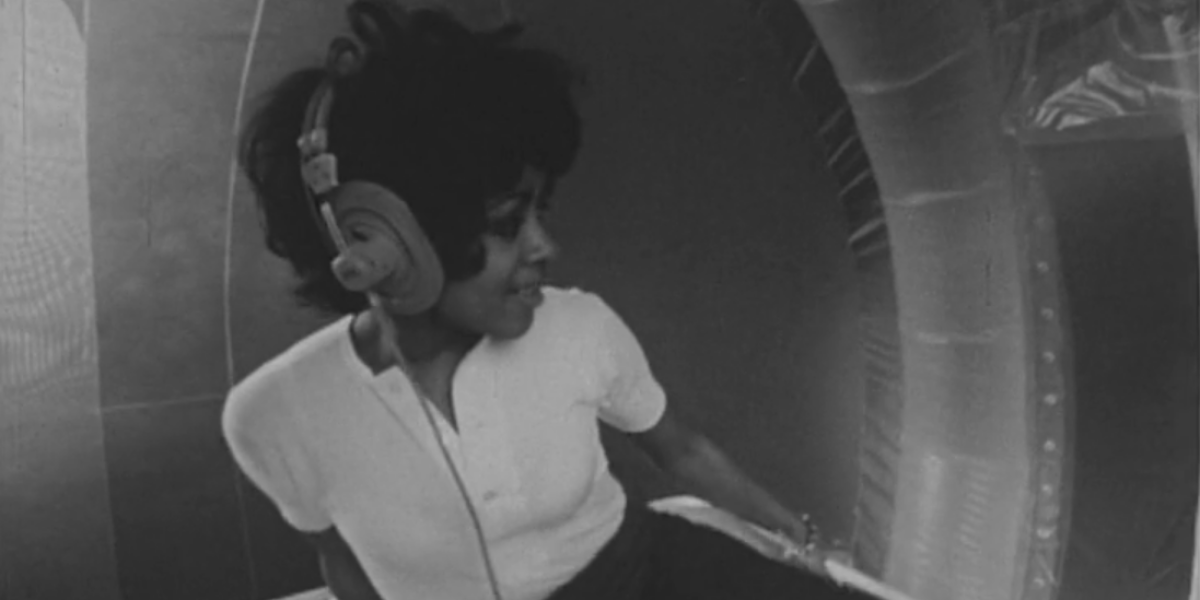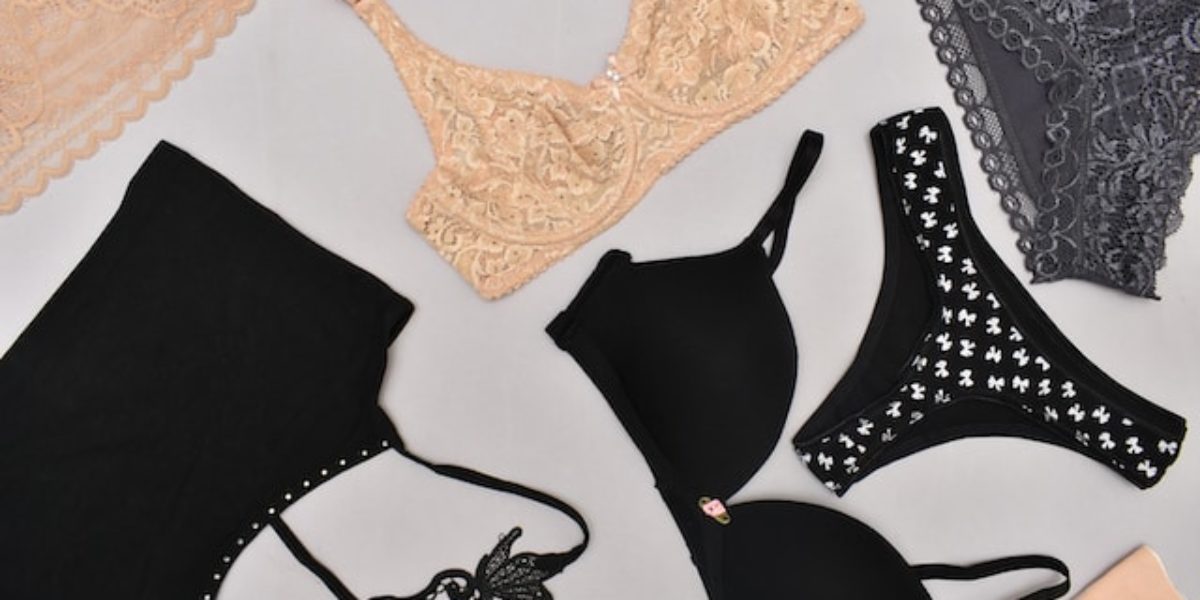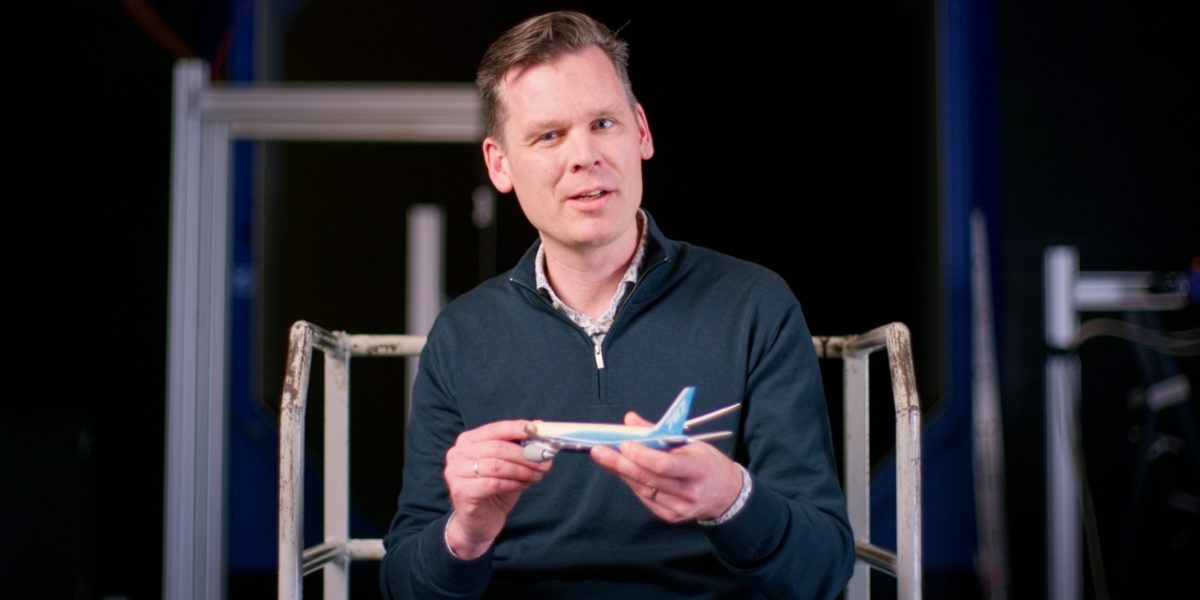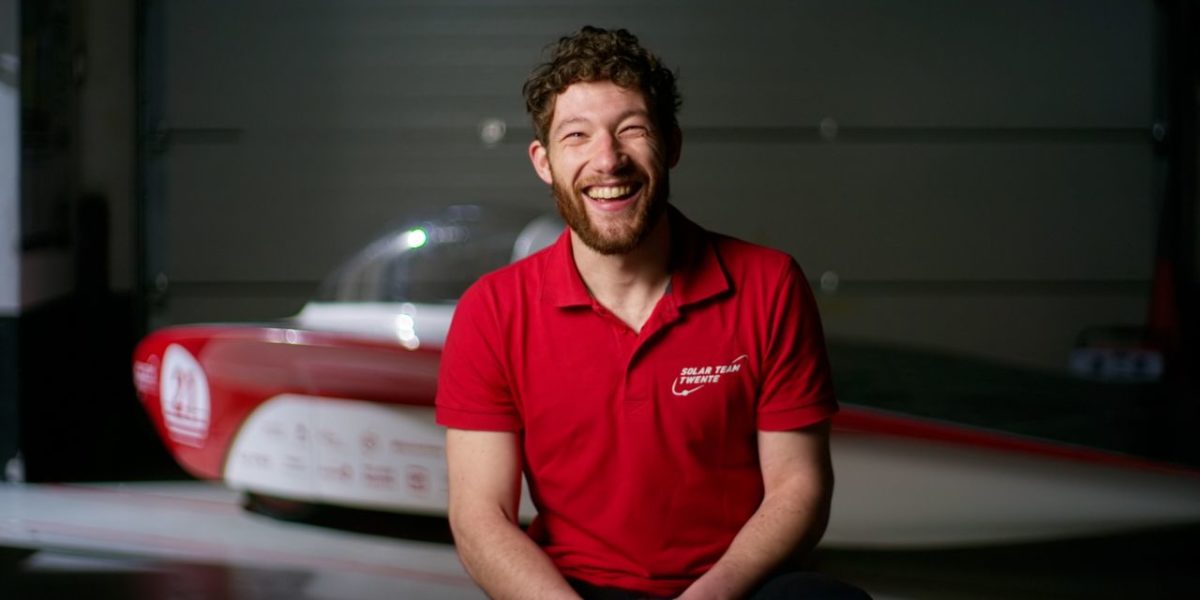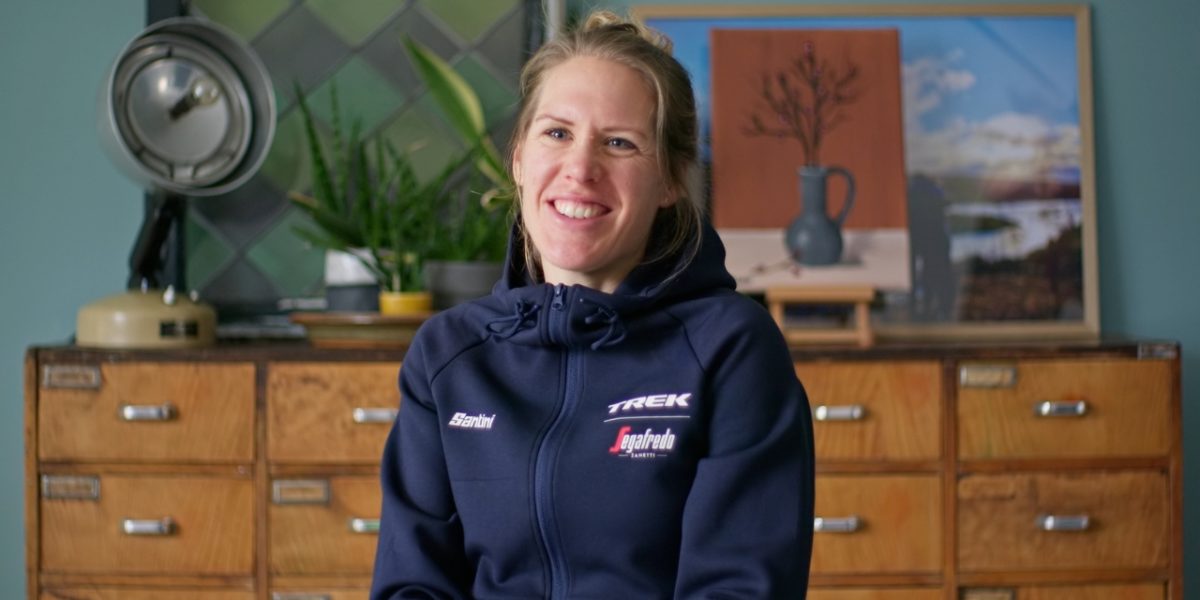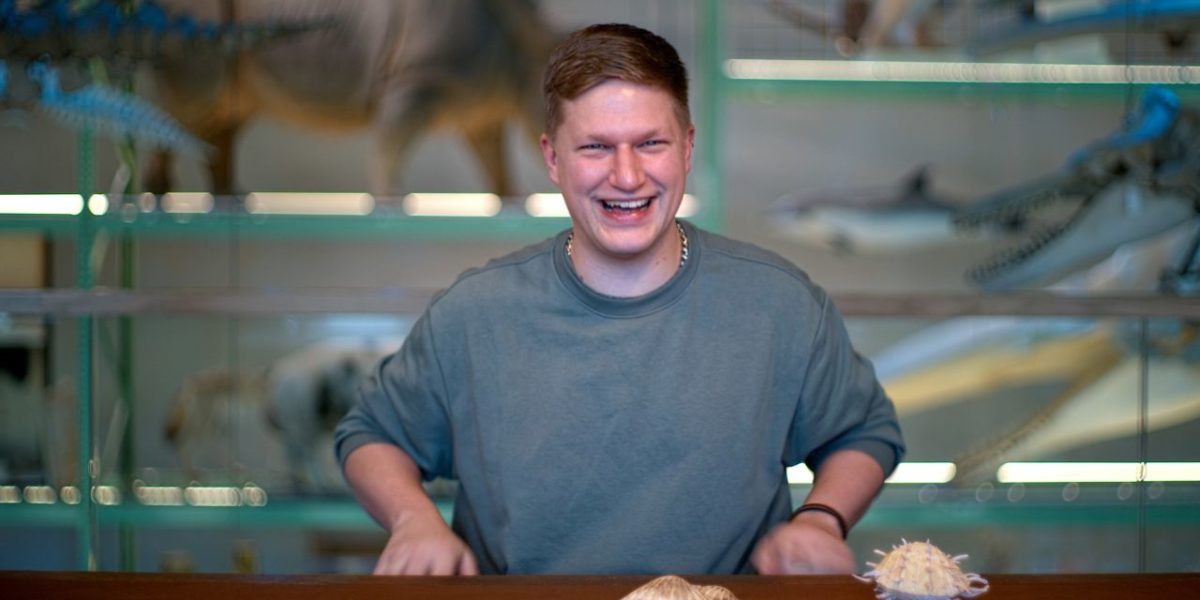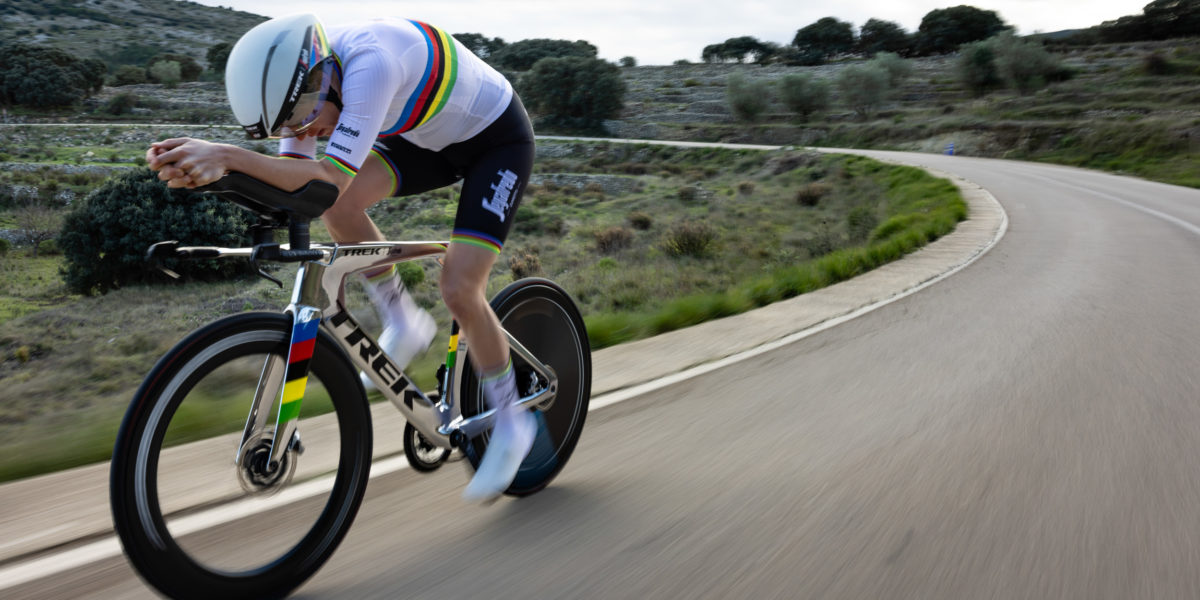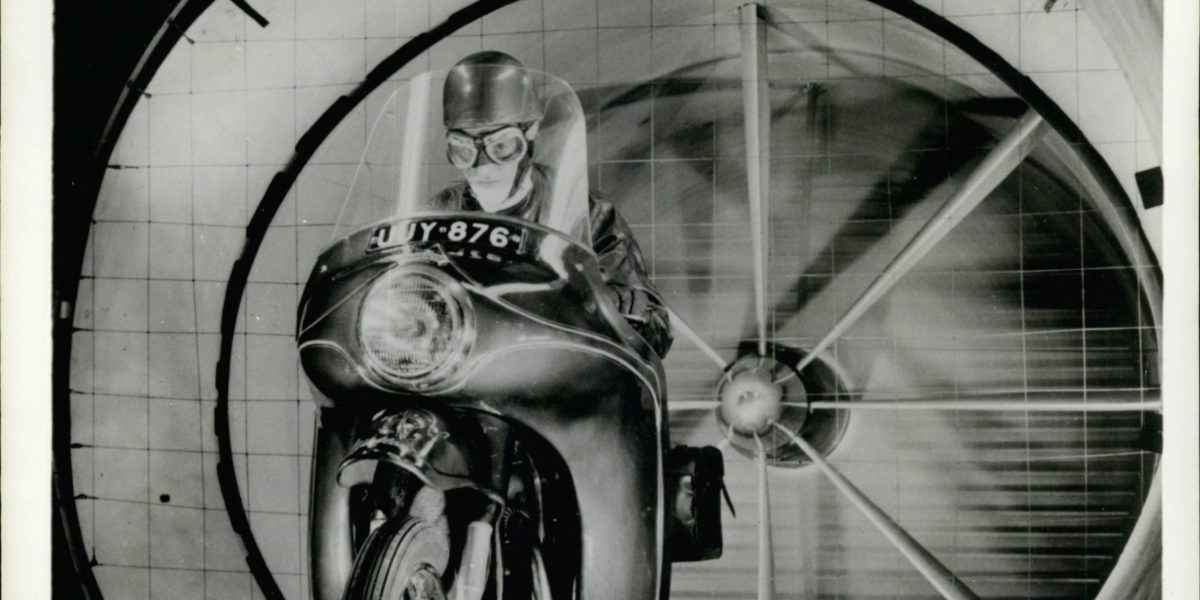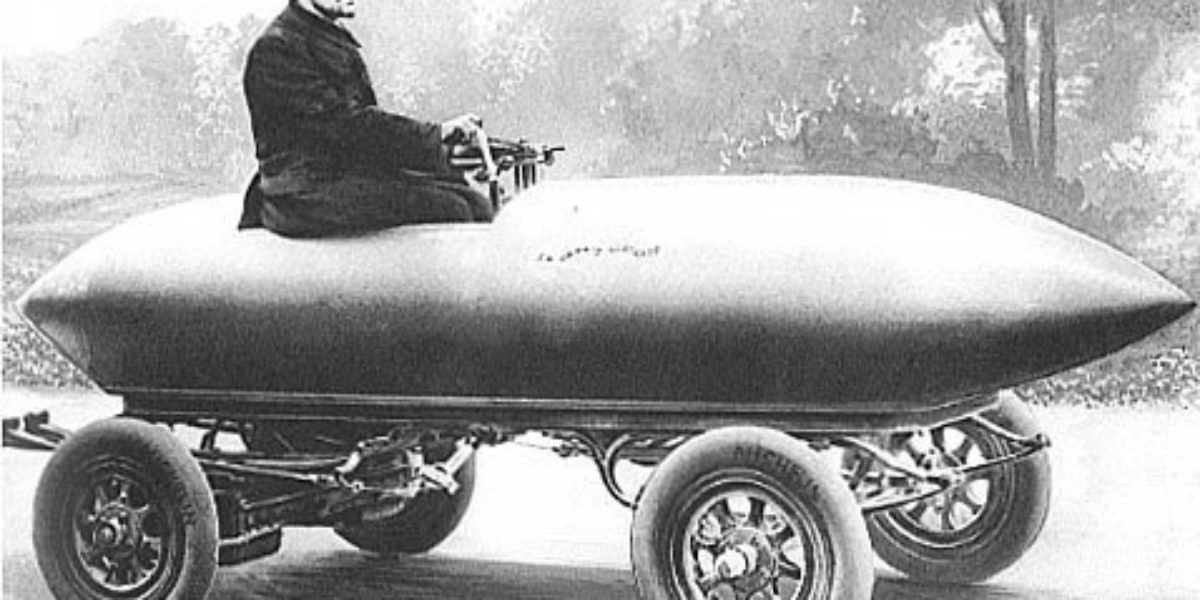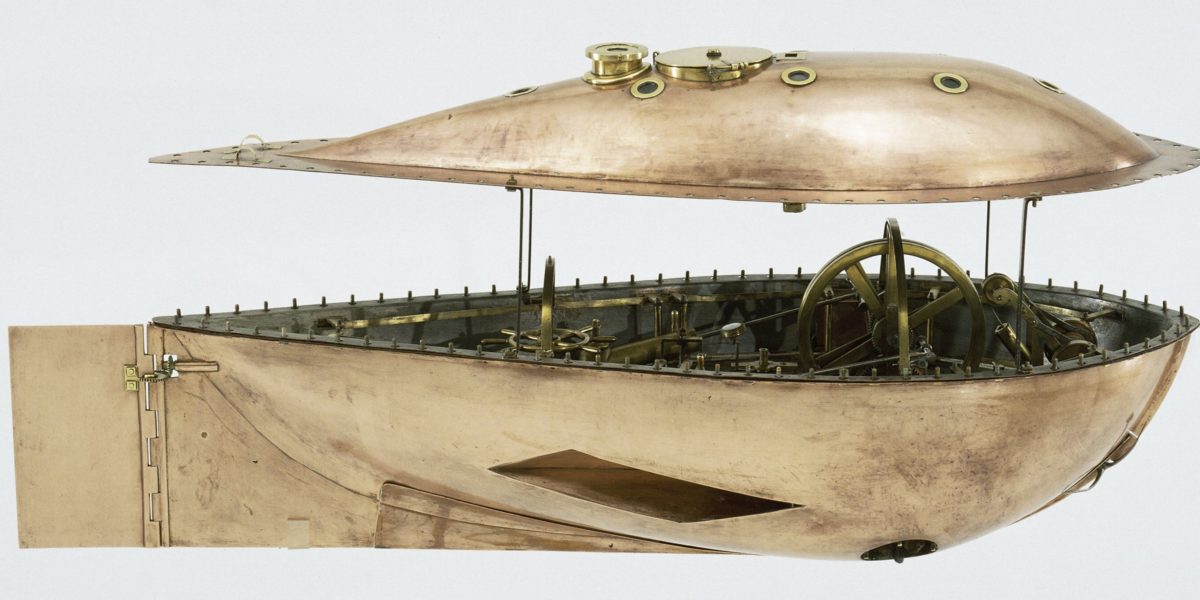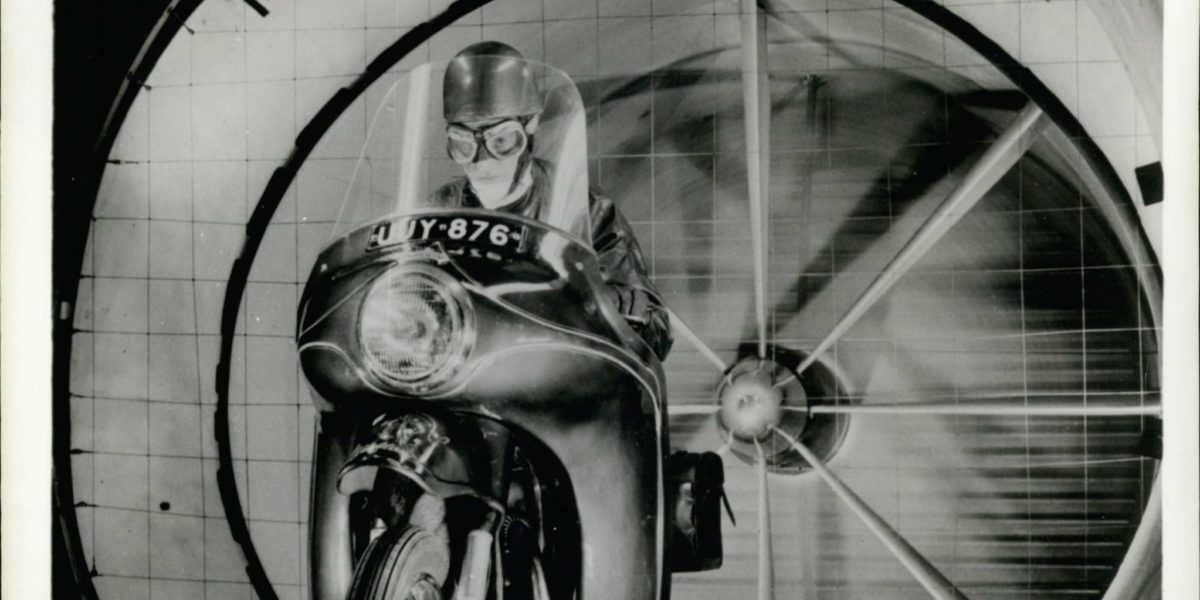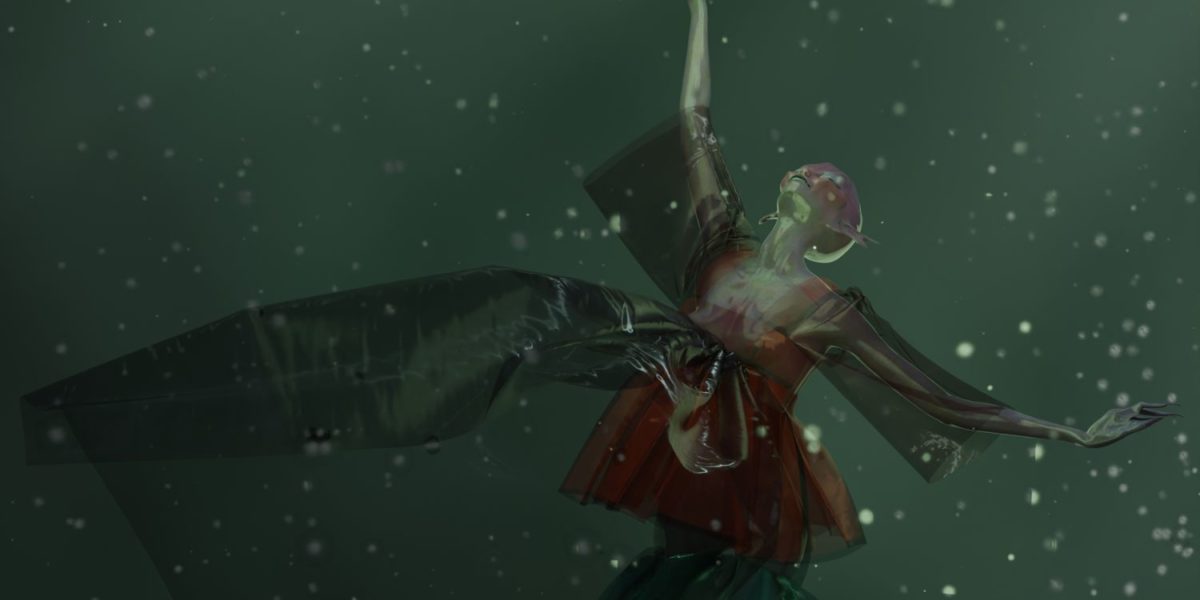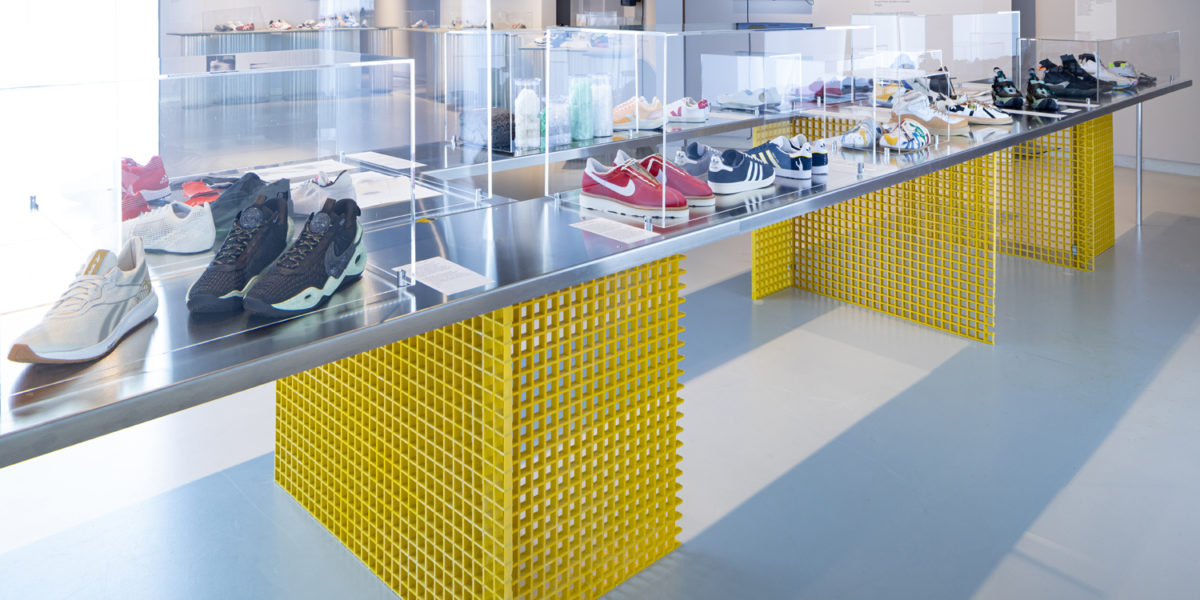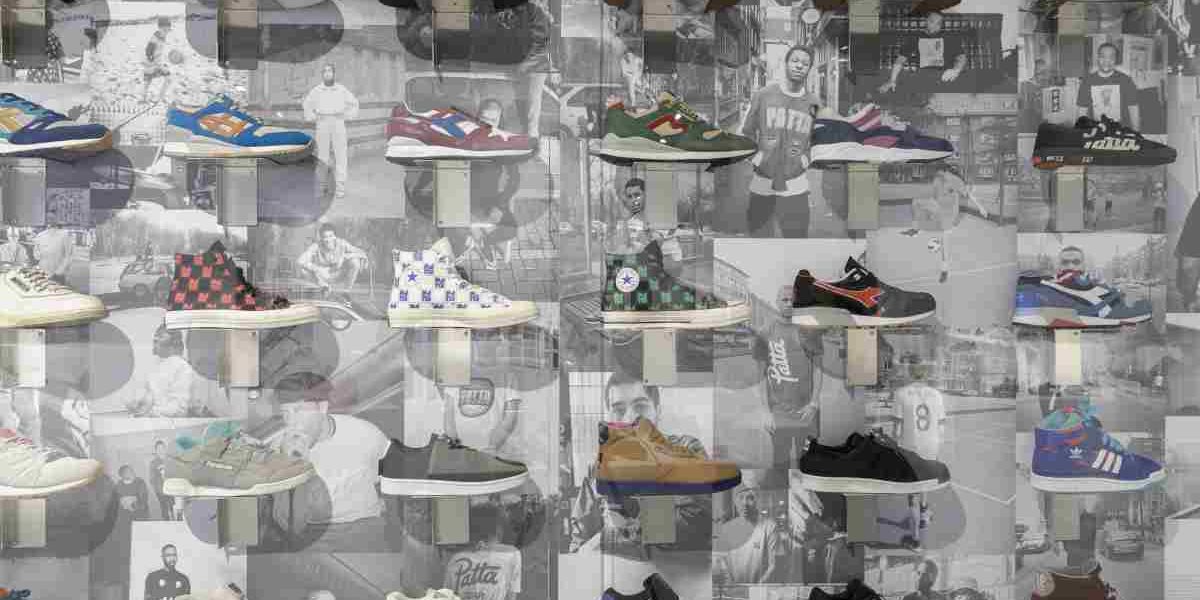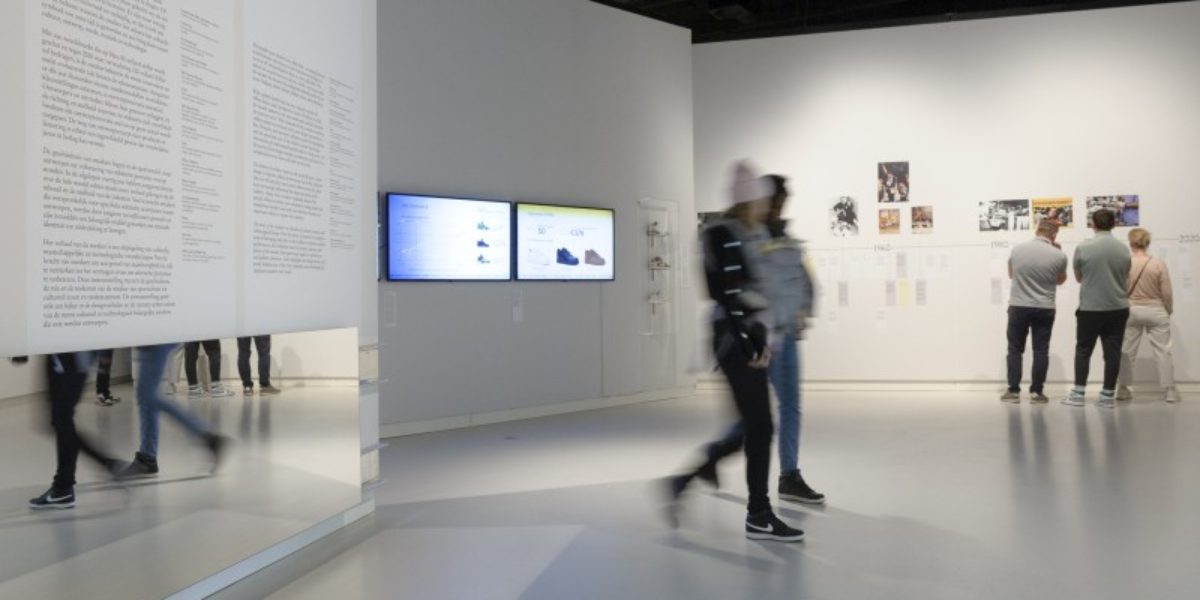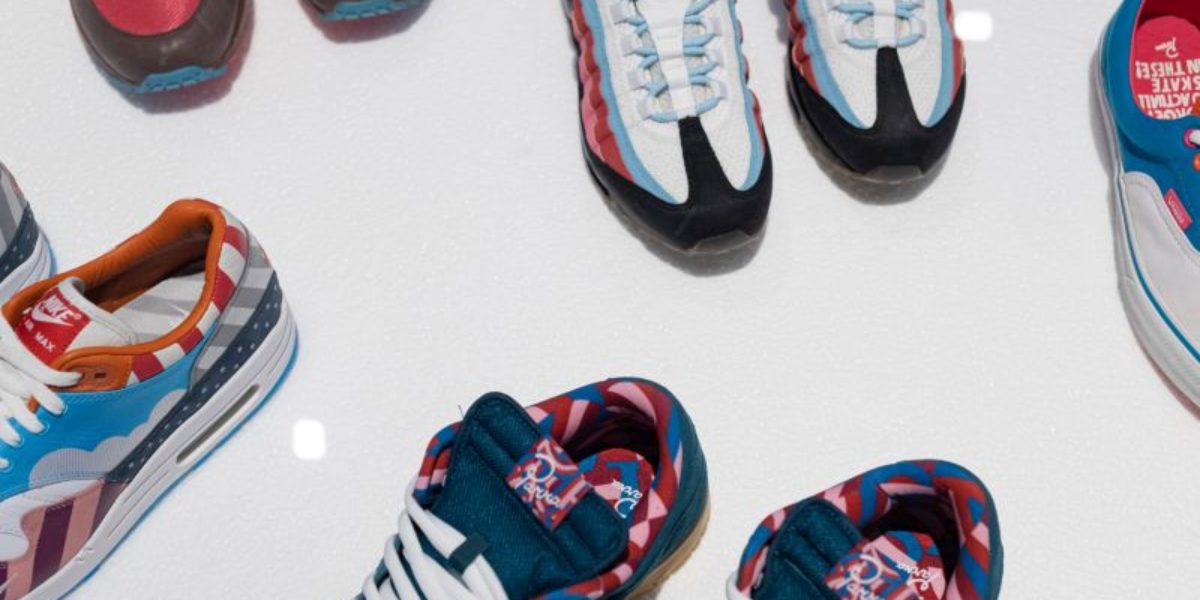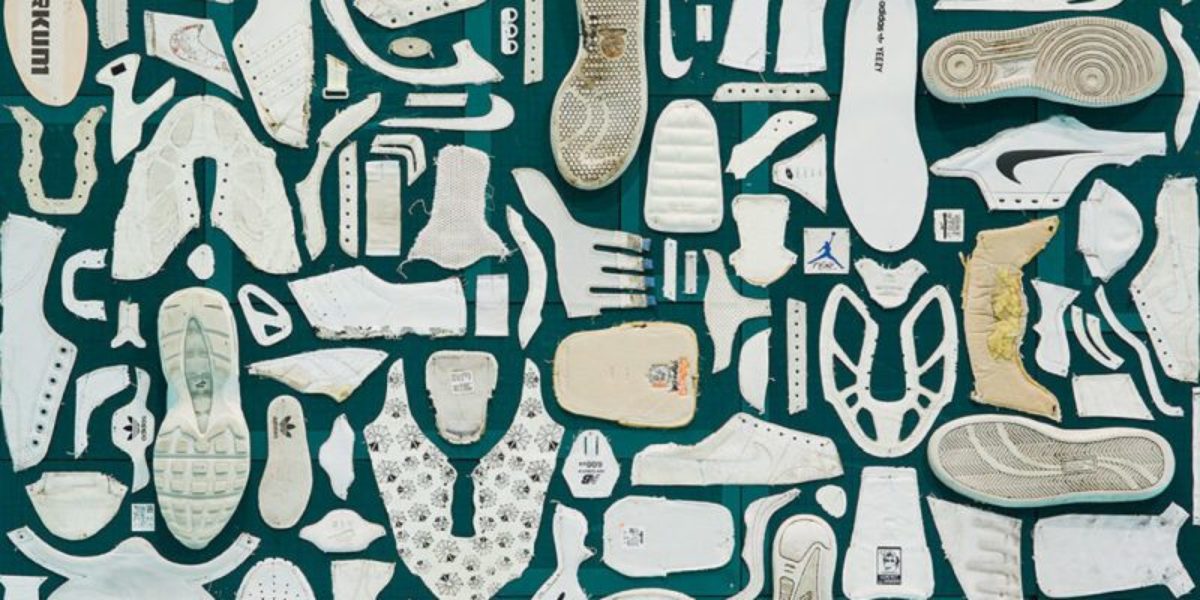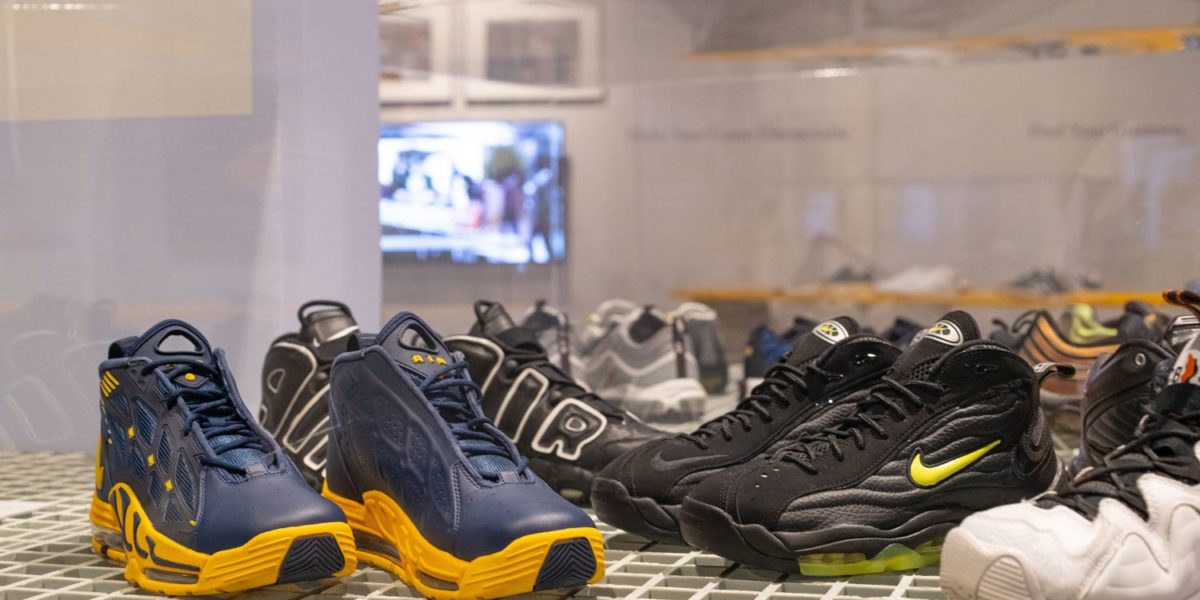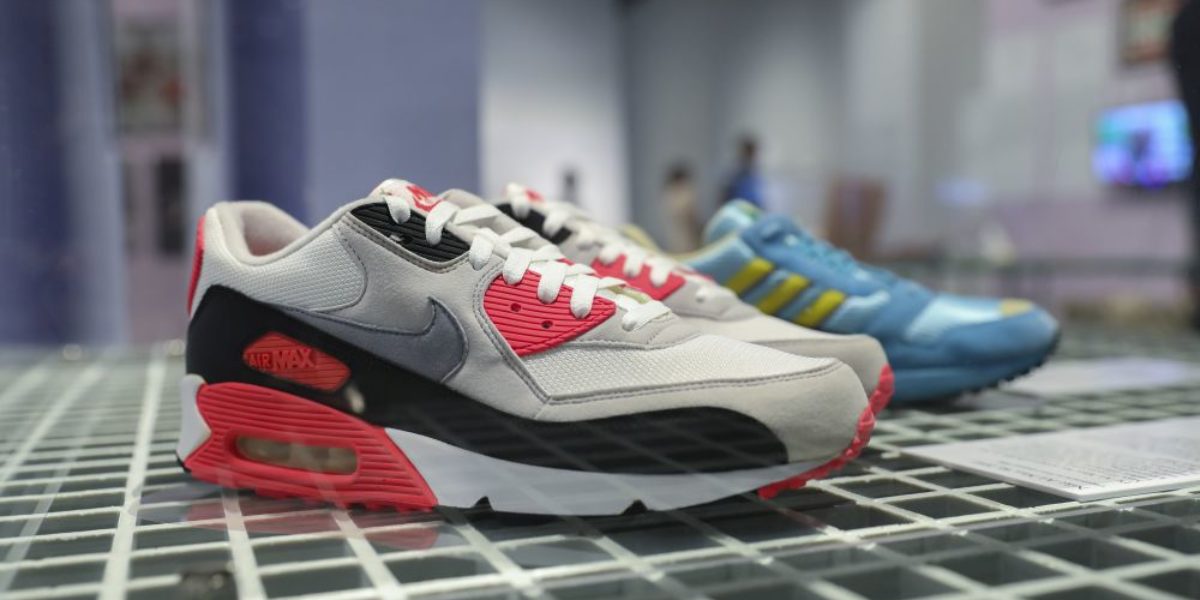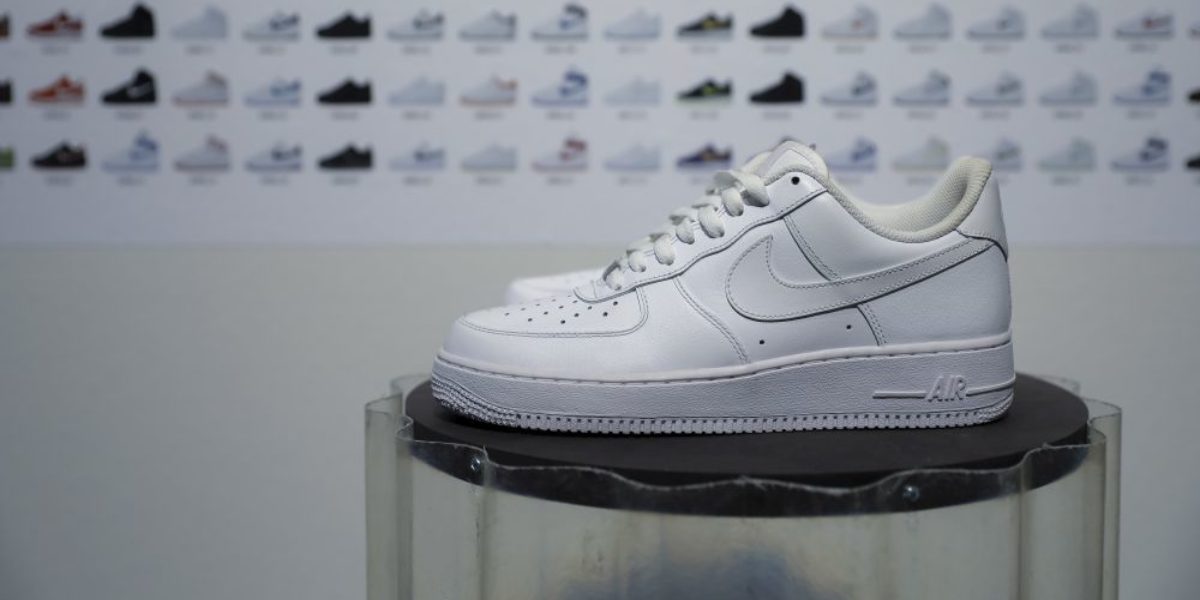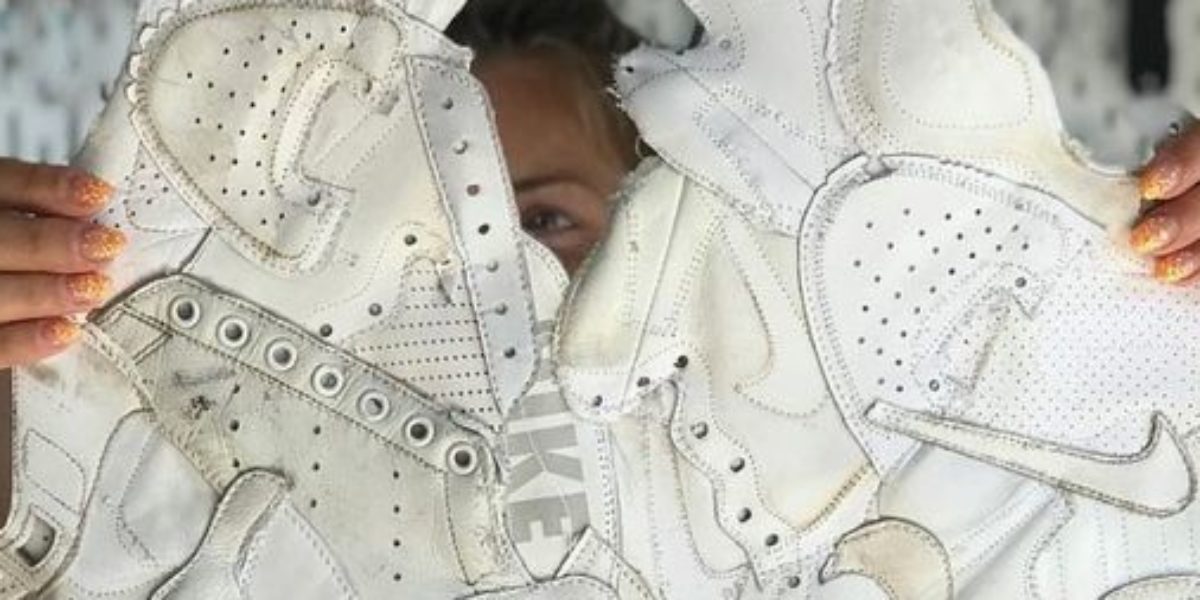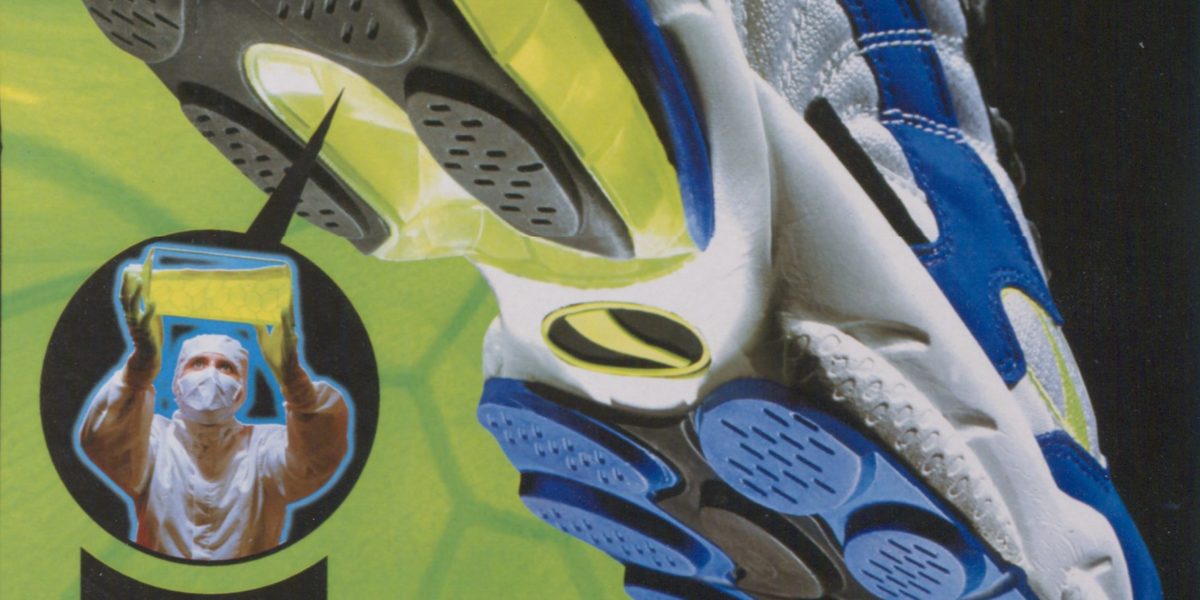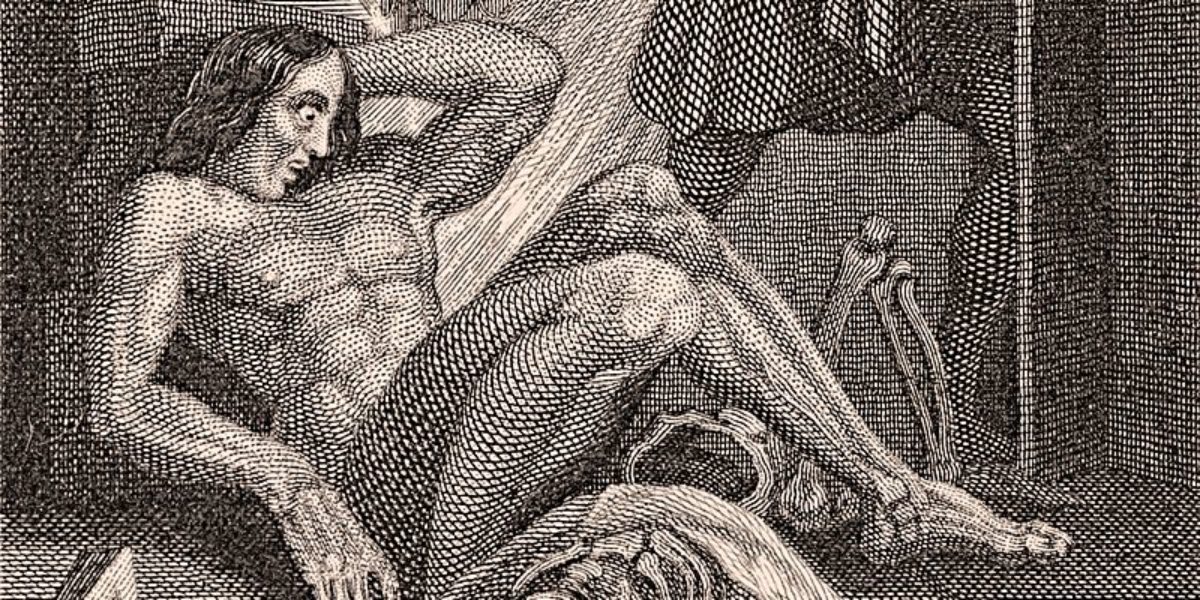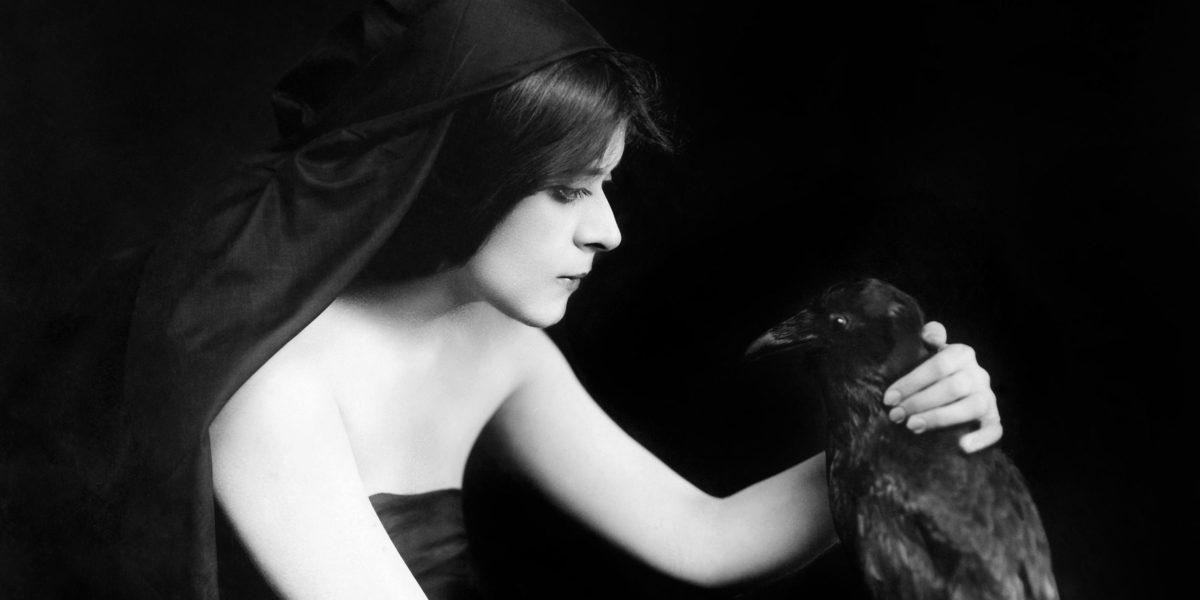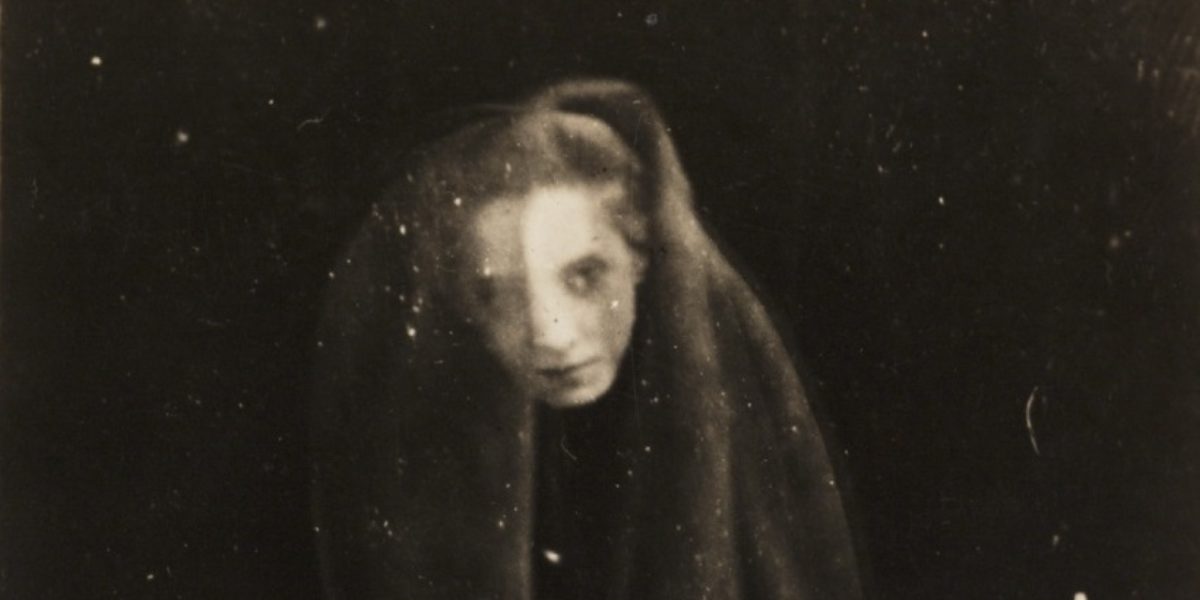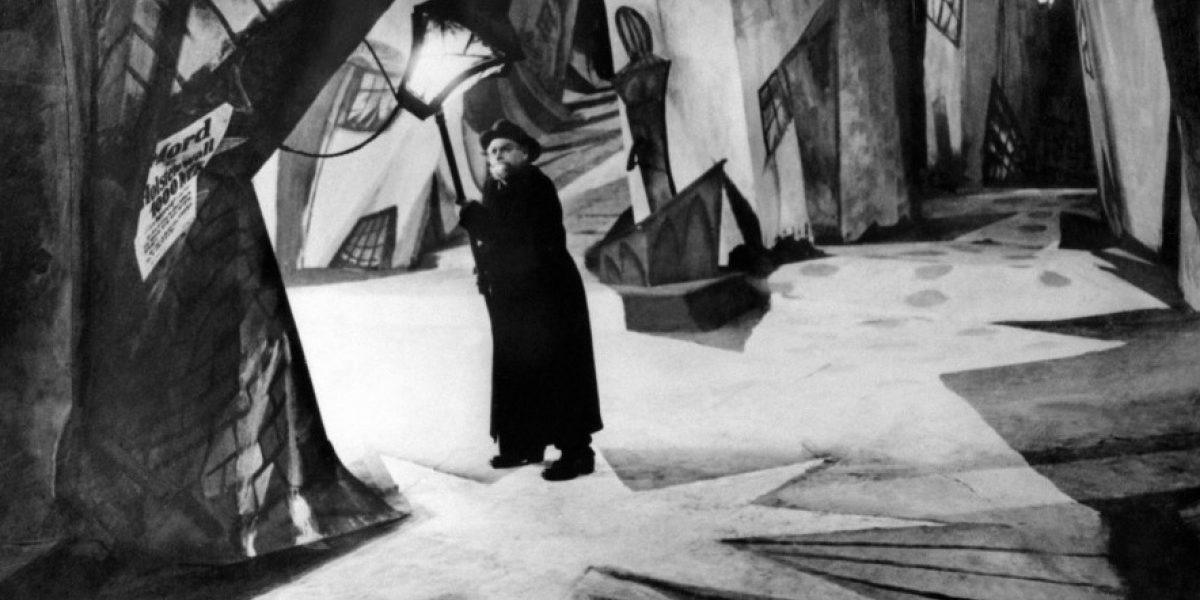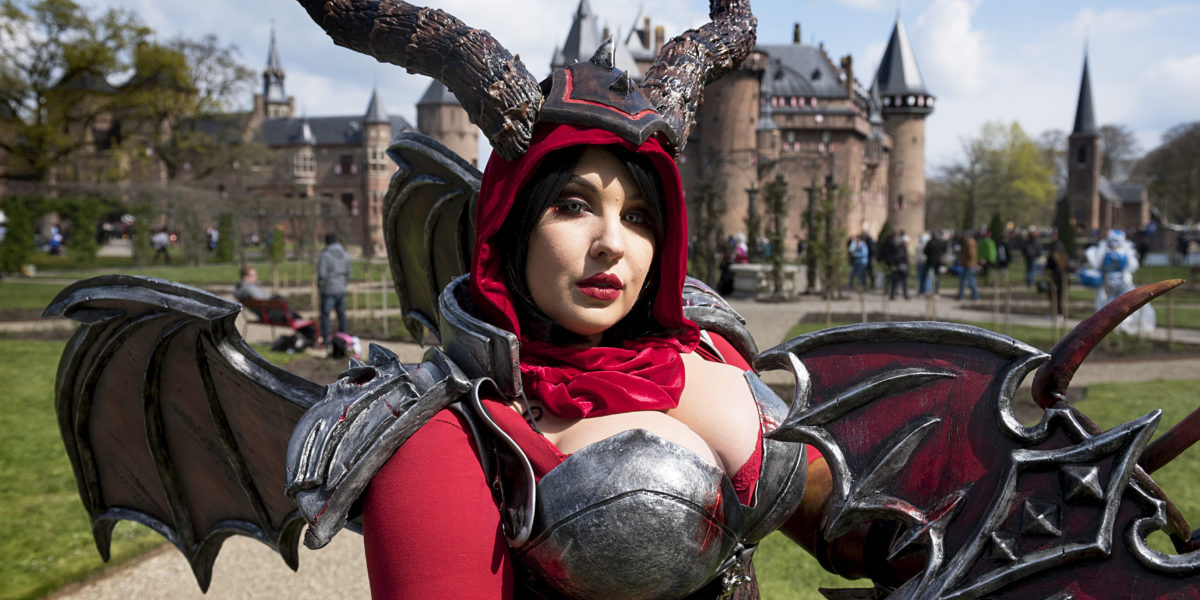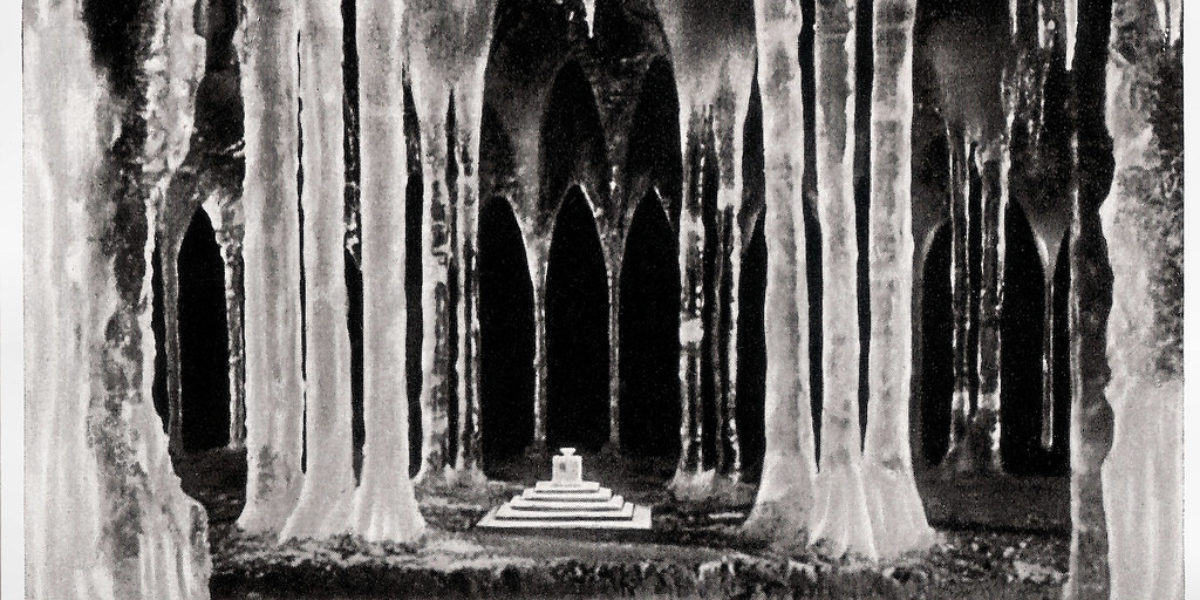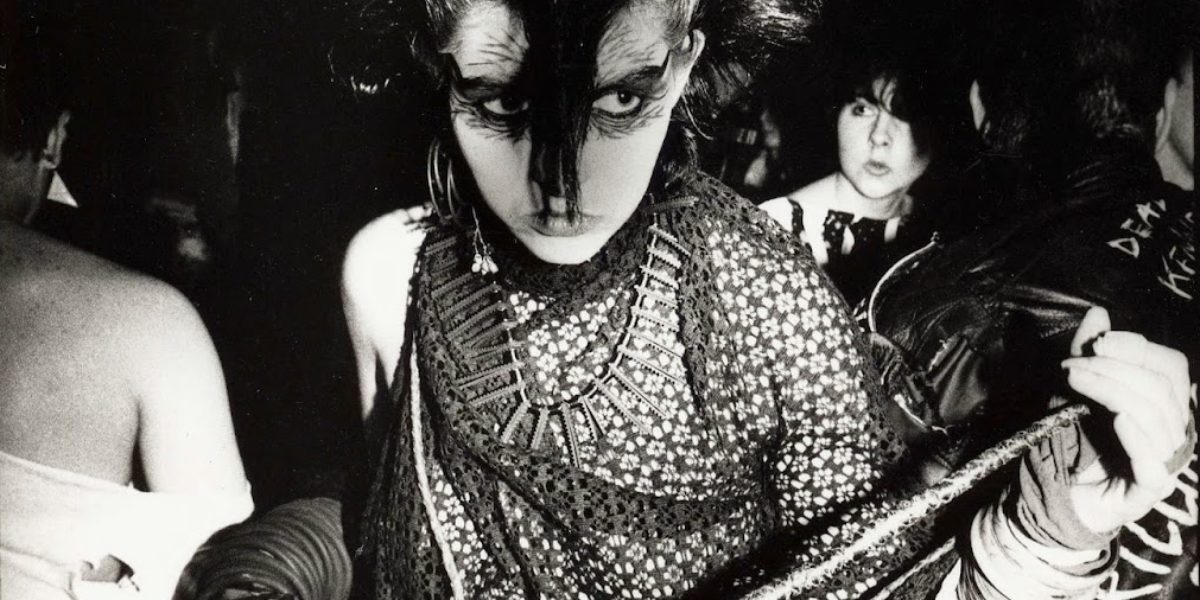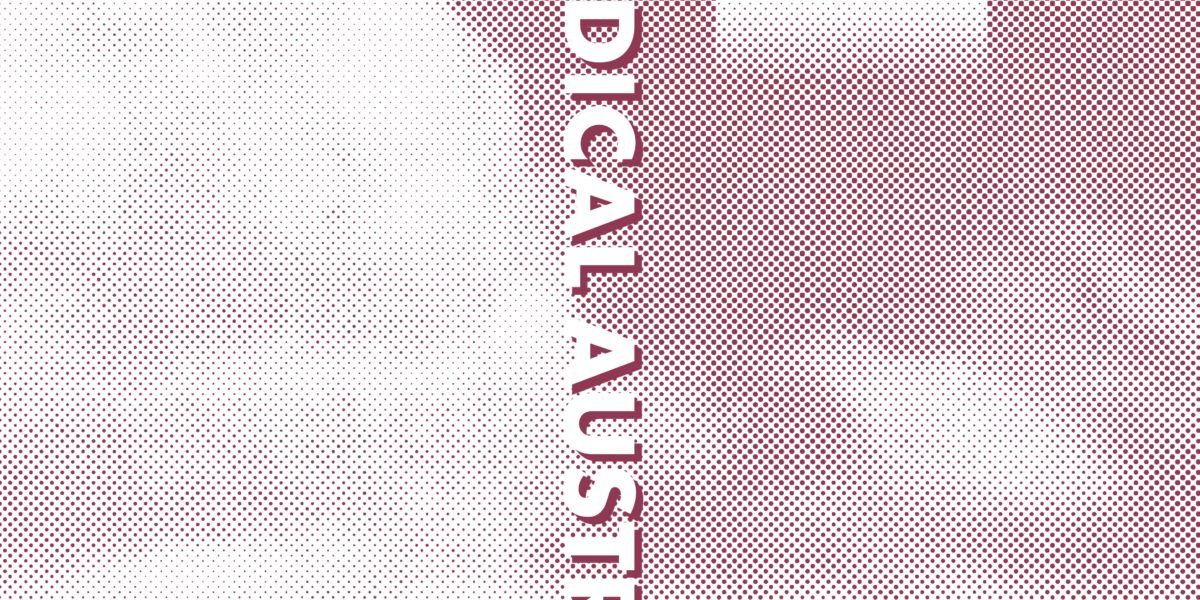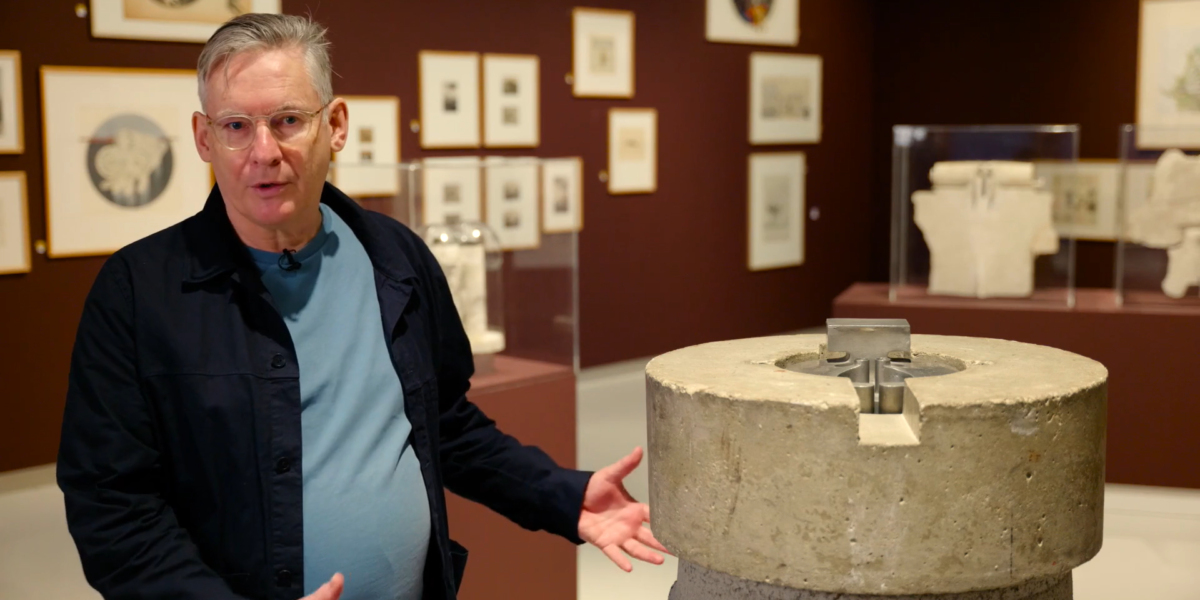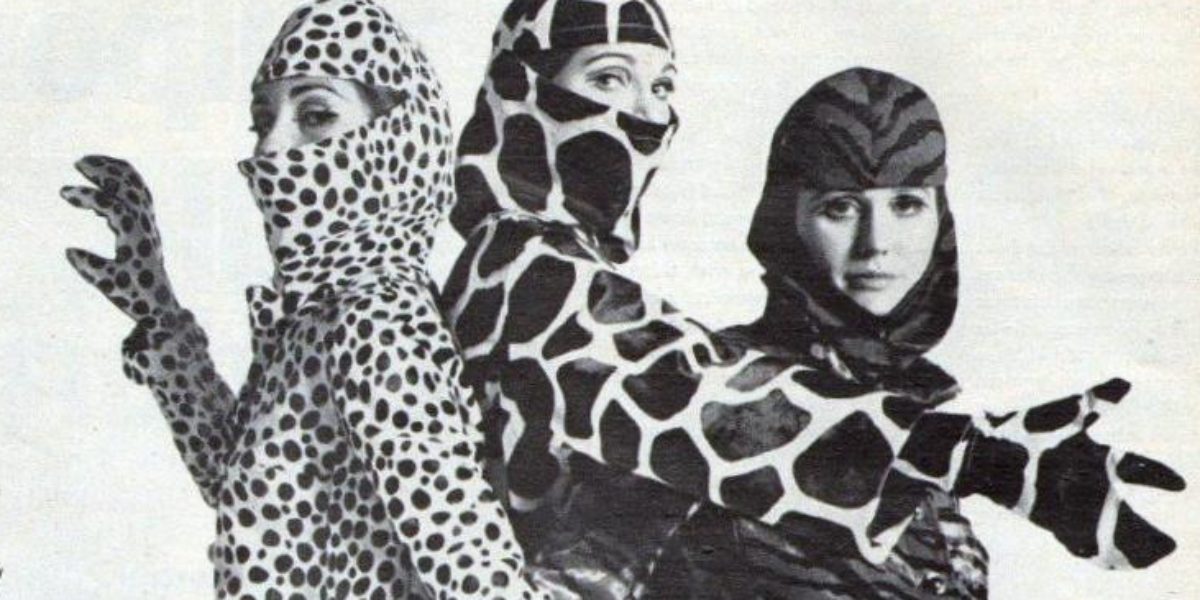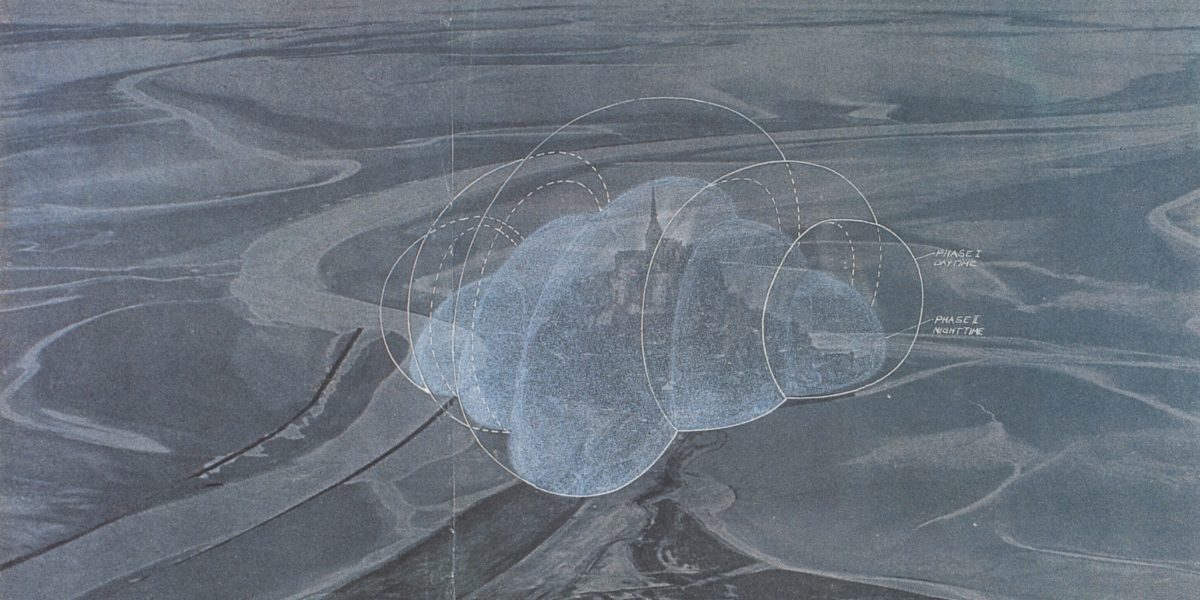Post-Tribal
The most popular tattoo in the nineties was the tribal tattoo. The solid shapes, placed in large sections and thick lines, decorated many upper arms, backs and lower legs. The unsubtle tattoos were inspired by the traditions of the Maori, Hawaiians and Aztecs, among others, but had little to do with them in practice. We…
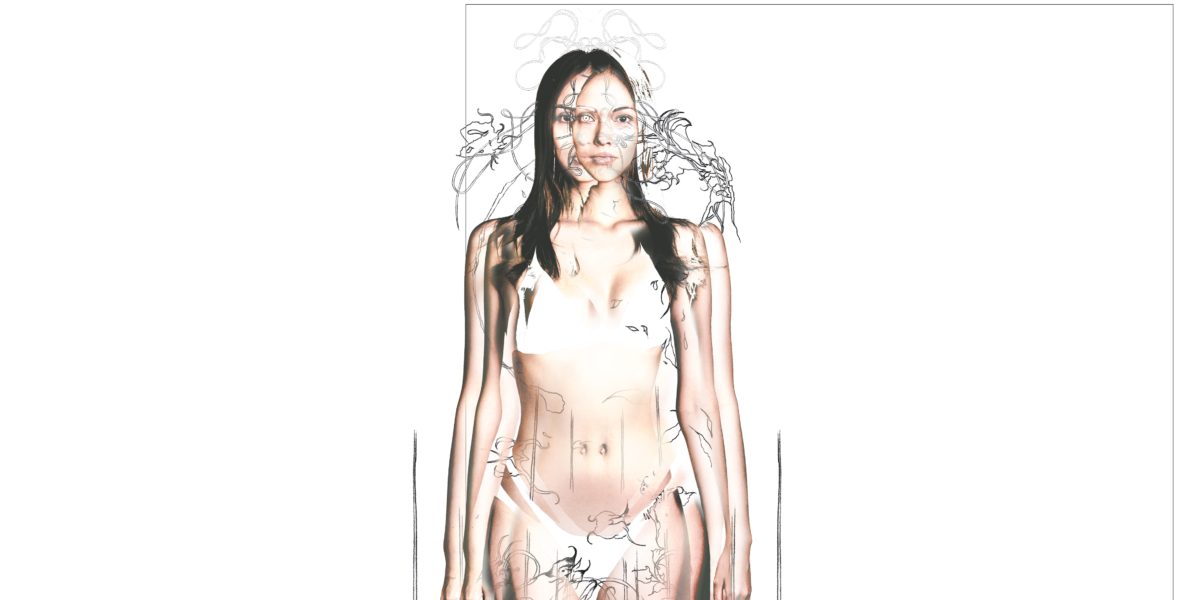
Faster, better, more beautiful – the design of progress
Design, art, nature and technology blend into a single whirlwind experience in this grandly conceived family exhibition. Discover the fascination with speed, follow the hunt for the millisecond and experience the heyday of streamlined design.
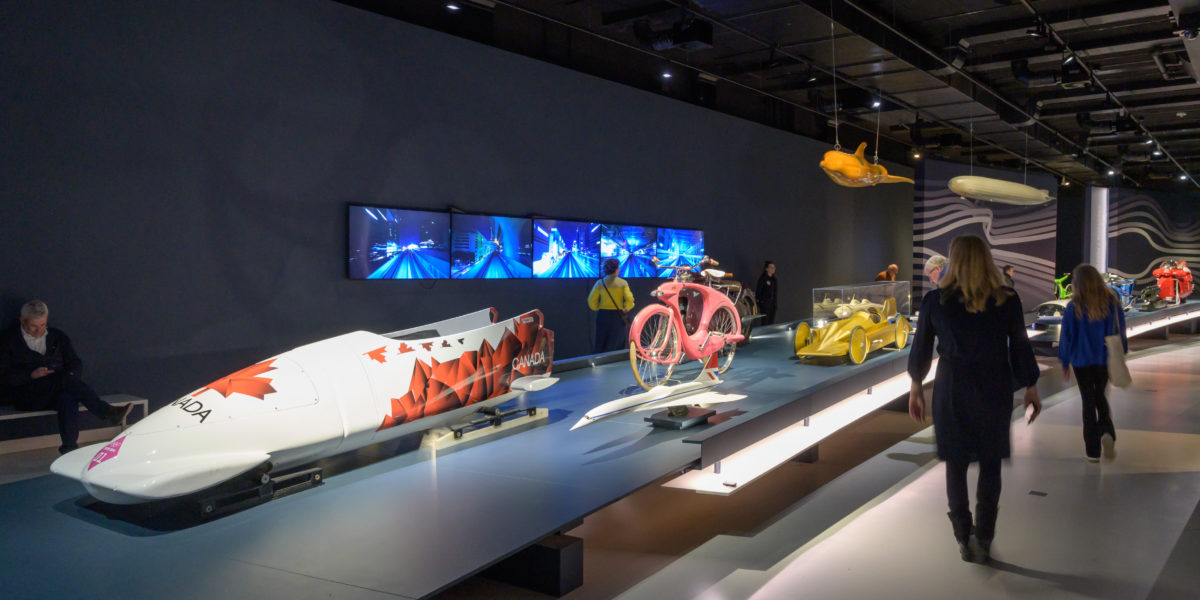
For hundreds of years, a galloping horse was viewed as the epitome of speed. But this would change in the late nineteenth and early twentieth centuries. New inventions like the train, the car and the aeroplane meant that speeds that once seemed fantastical were becoming increasingly possible. This new potential for progress had a huge…

How is digital clothing actually made? What possibilities are there in a digital environment that you don’t have in the physical world when it comes to clothing design? During this program you will get answers to these questions and more by designing digital clothing yourself in the Digital Atelier of Huis73.

In order to join a guild, a craftsman needed to submit a masterpiece. That was a specially made specimen of his skill, detailed in advance, that was judged to ascertain his qualifications. In nearly every German town, an aspiring cabinetmaker needed to make a drawing of the masterpiece he intended to submit, prior to being…
A drawing can depict designed object so perfectly, that it is unlikely ever to have been realized as shown. For example, the designer can ignore the technical limitations of a particular material, or he can imagine a work of art on which various makers would need to work together so concertedly as to be practically…
A draughtsman may combine two designs in a single drawing by depicting an object composed of two different halves. Such a drawing is manifestly a design: no object would ever be executed in that manner. A potential client was able to compare the two propositions and choose either of them. Moreover, this mode of presentation…
A designer forms his first idea about an object through drawing. He makes a quick sketch which he can subsequently alter or improve, or amplify by adding another sketch. In this way he uses the drawing to create a design, first of all for himself. The drawing makes the first idea visible and serves as…
Luigi Valadier (1726–1785) ran the foremost goldsmiths’ workshop in Rome for many years, and after his death it was continued by his son Giuseppe (1762–1839). An enormous amount of drawings from this workshop has been preserved. They are not just fine presentation drawings, of a kind known from other workshops as well, but also proper…
While a beautiful object was being made, many drawings were produced. They varied from quick sketches to try out a shape or decorative motif, to full-scale model drawings for particular elements of the work in question. Once the object was completed, those drawings were normally discarded, as they had fulfilled their role. Happily, some examples…
The order for a large and expensive work of art for a church, such as choirstalls or a pulpit, was a matter of serious concern. Next to a pope, a bishop or a vicar, a governing body of some kind was often involved as well. A contract was usually drawn up, in which the work…
At the end of the nineteenth century there was great interest in the decorative arts. There was a wide-felt concern that as a result of the Industrial Revolution, the quality of functional and ornamental objects had deteriorated, both in terms of design and execution. Many young artists were keen to improve this situation. Rather than…
An object’s venerable age could from an additional argument to have a drawings made of it. From the Renaissance onwards, artefacts from Greek and Roman antiquity were highly admired. Both artists and connoisseurs were keen to obtain images of them. Works of art made at later periods were also collected and studied, and drawings of…
Once a fine object was made, it might be recorded in a drawing for a number of reasons. An owner could commission a drawn inventory of his possessions: this occurred most frequently for assemblages of works in silver and gold or other precious treasury pieces. Objects were also drawn as examples of new designs, fashions…
From the fifteenth century onwards many engraved designs for the decorative arts have been produced. These prints were the principal medium for the dissemination of new kinds of objects, fashions, styles, models and decorative motifs. When a designer drew a design as a model to be engraved, he was faced with a different task from…
Drawings were an important means of selling works of art and fine objects. They could represent a work of art that had been finished, or provide an image of what an object would look like when ordered. Drawings of objects were sent all over Europe, or brought along to annual fairs where dealers and agents…
Artificial Awe
Frank Kolkman designs at the intersection of technology and the human body. The work Artificial Awe is an attempt to visualise sublime experiences and make them generally accessible using artificial intelligence.
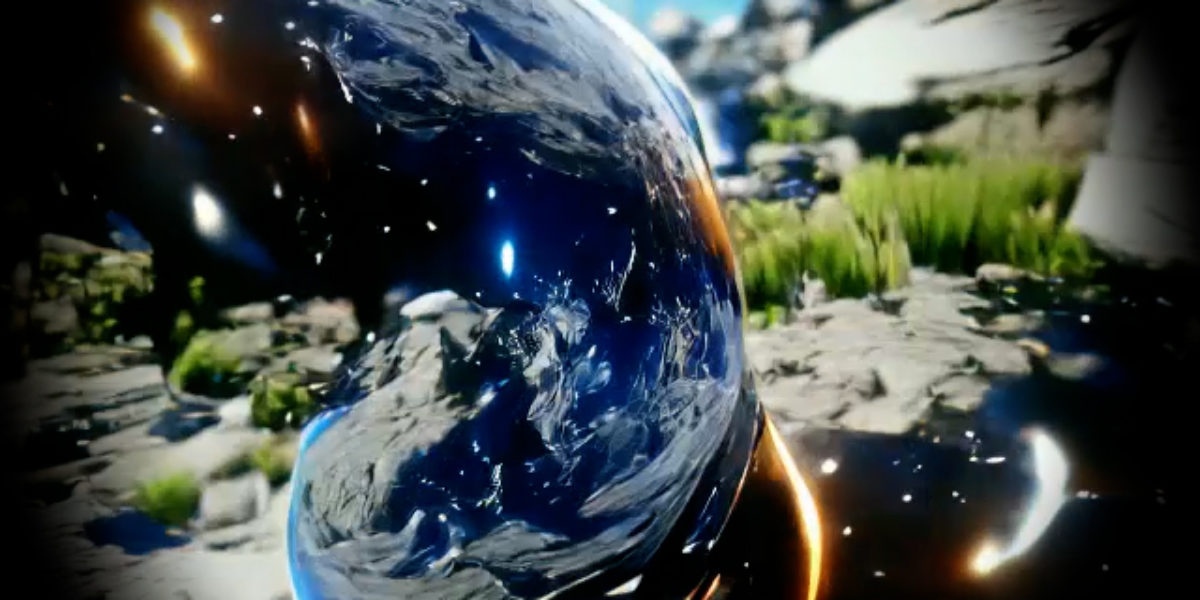
A Digital Nature
The Young Design Team is proud to present A Digital Nature – DEMO at the Design Museum Den Bosch. The presentation shows a selection of animations themed around digital nature: wondrous underwater worlds, alien plants and dream landscapes with digital flowers. They are enticing images that also force you to think: have we entered an…
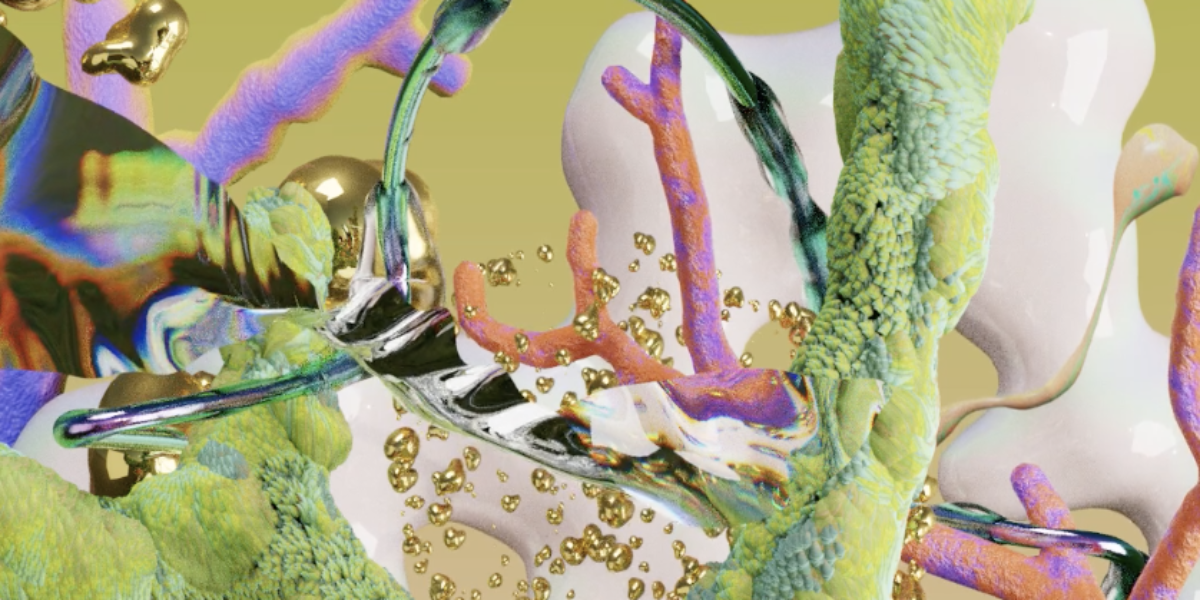
Screenwear – Exploring Digital Fashion
Digital fashion has long since ceased to be science fiction. Fashion created from pixels instead of textiles is almost imperceptibly part of everyday life for many people. Slowly we are moving toward the metaverse: the future virtual world of the Internet in which our physical environment will merge with the digital one. Discover the newest generation of fashion designers and meet face to face with hyper-realistic digital models.
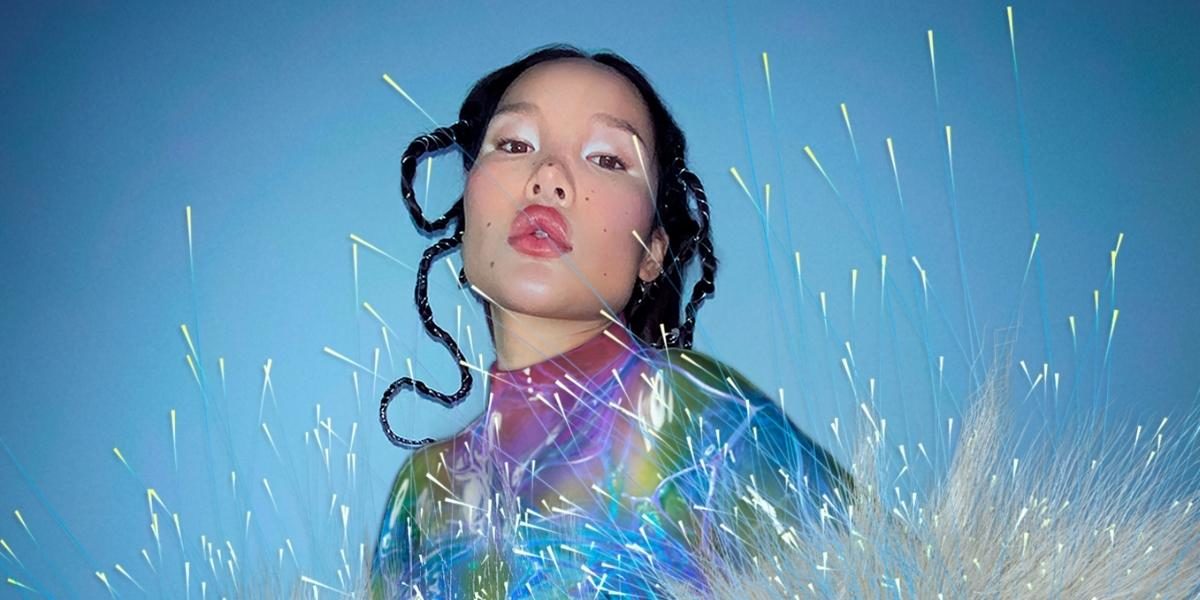
As part of the Sneakers Under Construction presentation, designer Elisa van Joolen has developed a new edition of PORTAL (2017 – present) together with the Young Design Team. In this unique masterclass edition of PORTAL you will have the opportunity to immerse yourself in the design and research practice of Elisa van Joolen. The intimate…
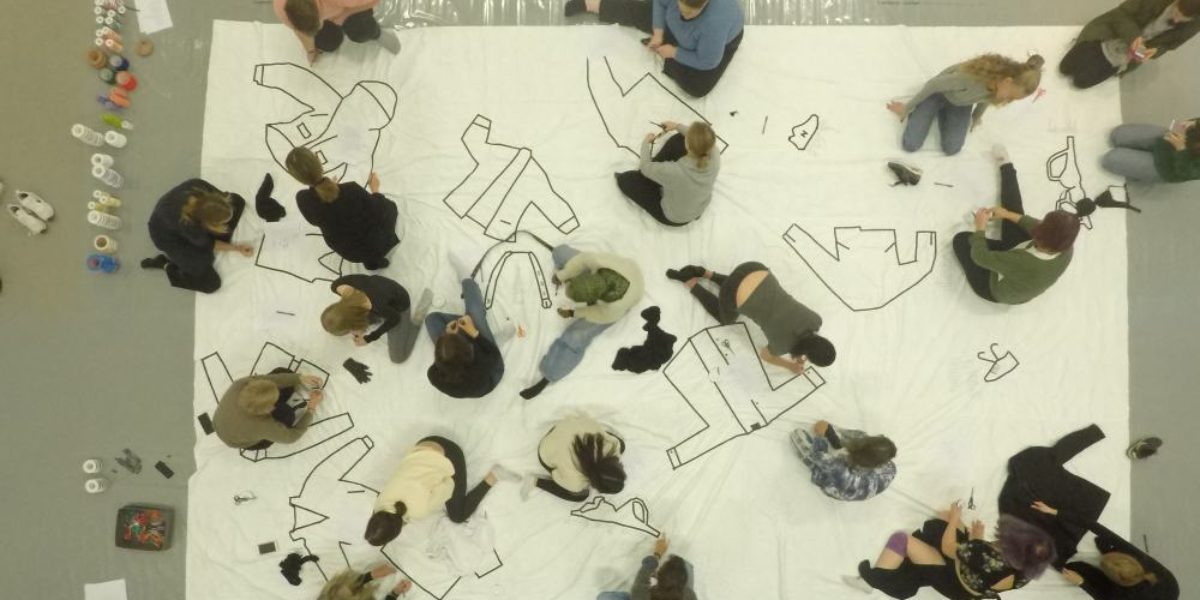
Nike, Adidas and Puma, but also new brands are focusing on them: NFT sneakers, or virtual sneakers. Such a sneaker is a unique digital “non-fungible token” (NFT), a concept that is increasingly common in the art and fashion world. The digital shoe can be saved and later sold or worn by gamers in the metaverse…
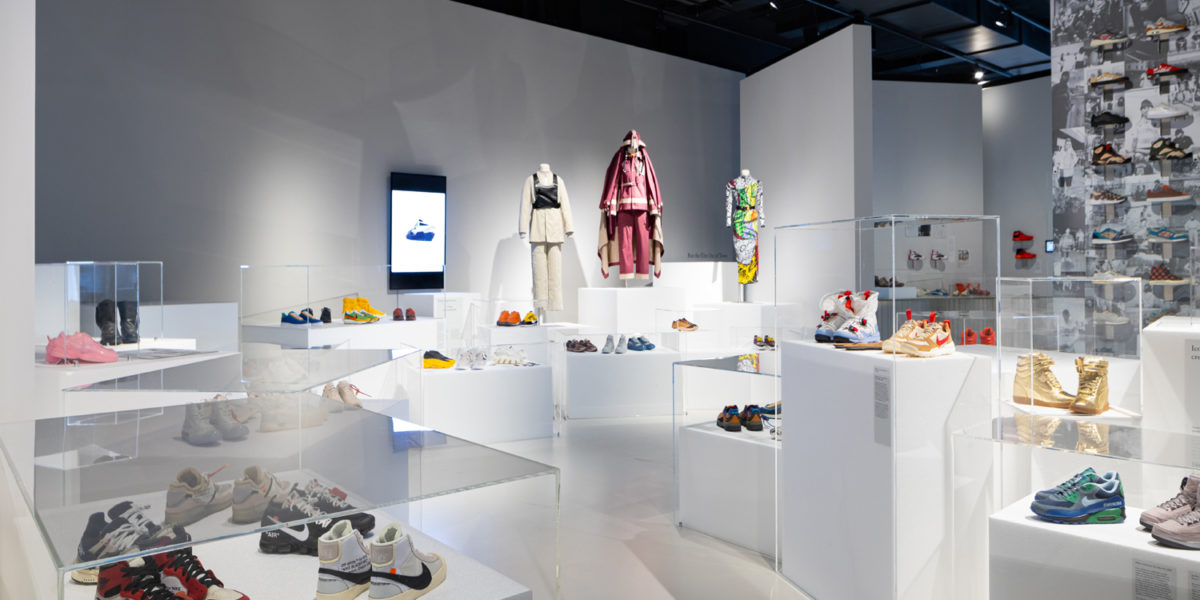
Process – Design Drawings from the Rijksmuseum
This pioneering exhibition is an opportunity to discover a collection of extraordinary design drawings from the Rijksmuseum. The drawings, which date from the period 1500–1900, have been brought together for the first time and are arranged according to the successive stages of the design process.
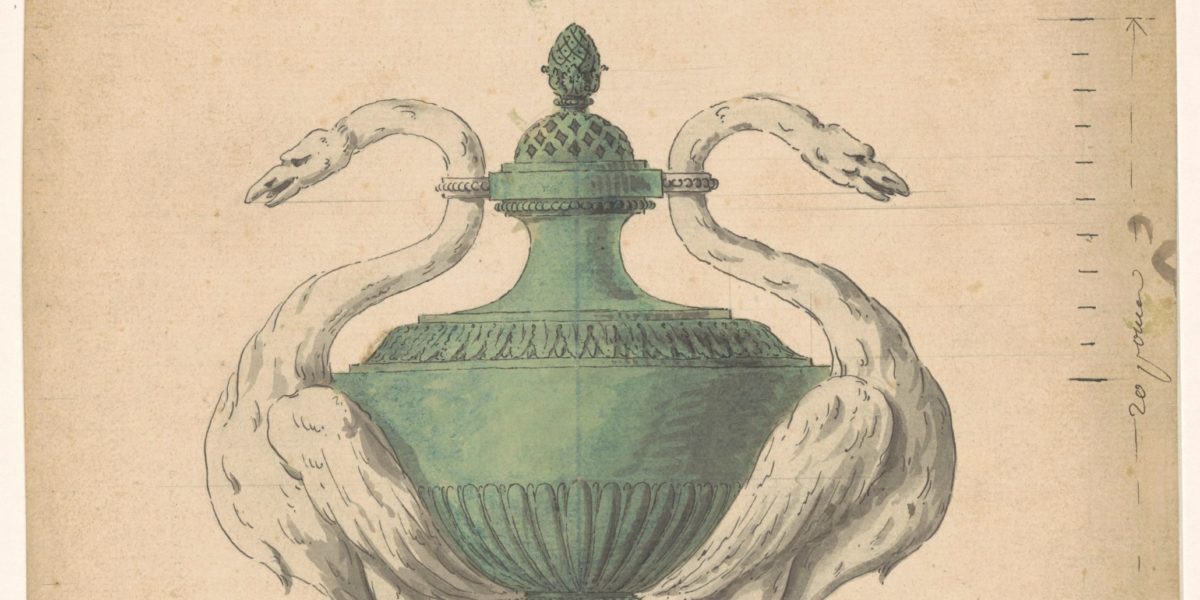
The King of Posters: Engel Verkerke
Every youth room used to be full of them: the posters produced by Verkerke Reprodukties, the company of Poster King Engel Verkerke. Whether you picked Che Guevara, The Beatles, a horse on the beach or a naked woman, you could show exactly who you wanted to be and which group you wanted to belong to….

Design Museum Den Bosch sets out to highlight the cultural significance of design in the past, present and future. Since changing its name and direction in 2018, the former Stedelijk Museum ’s-Hertogenbosch has grown substantially, as reflected in an ambitious programme of exhibitions, national and international collaborations and rising visitor numbers. In the years ahead,…
Sneakers Unboxed
The exhibition Sneakers Unboxed offers you a behind-the-scenes look at the footwear that triggered technological breakthroughs, inspired new youth cultures and turned the fashion world on its head.
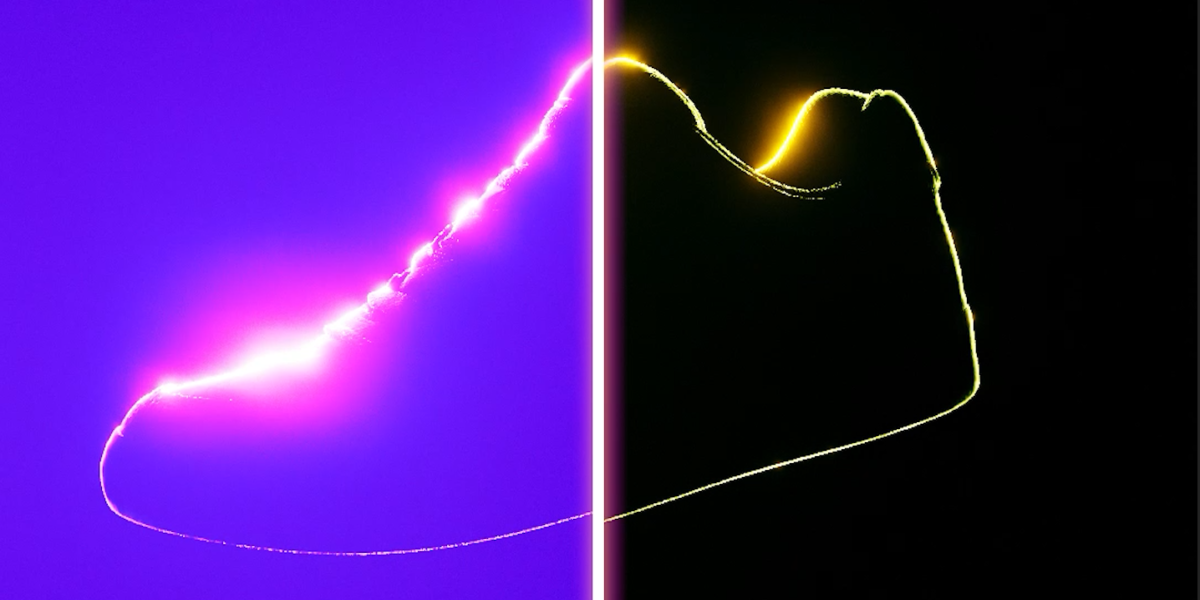
GOTH – Designing Darkness
Goth is the world’s biggest subculture. A lifestyle steeped in an undefined yearning for the dark side of life. The exhibition GOTH – Designing Darkness looks for the wellspring of the Goth scene to present two centuries of a cultural history packed with dramatic imaginings, ominous design and melancholic art. In the heart of historic…
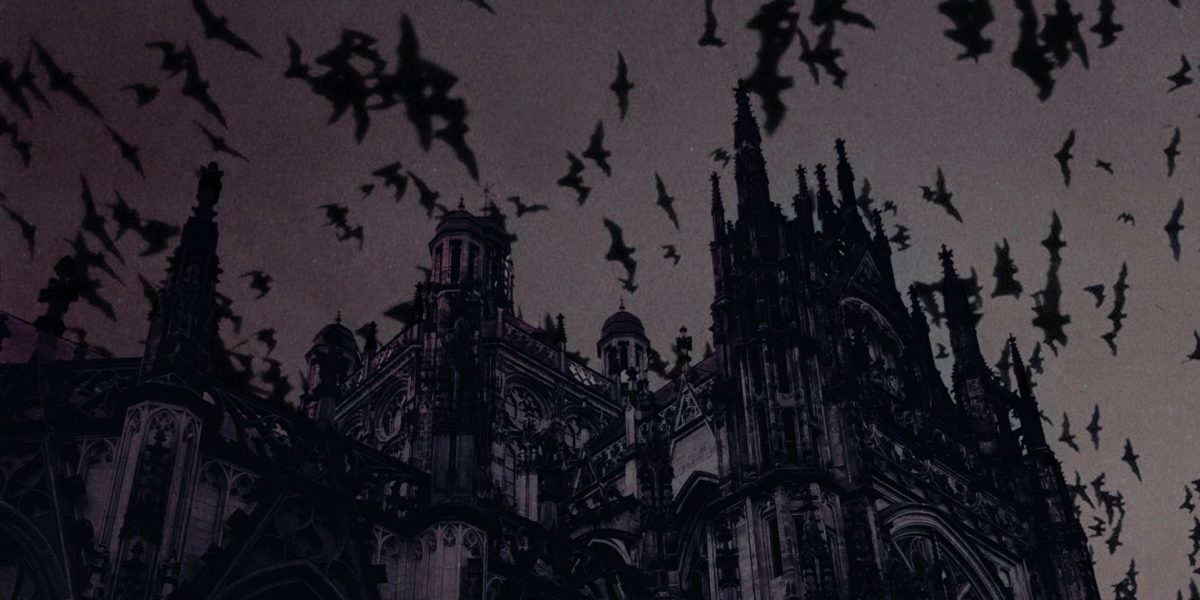
Lucio Fontana – The Conquest of Space
Lucio Fontana (1899–1968) was one of the 20th century’s most important avant-garde artists and continues to inspire artists, designers and architects to this day. He is best known for his iconic slashed paintings, but Fontana’s work goes much further than that. He was a sculptor by training, created spatial installations, collaborated with architects and designed…
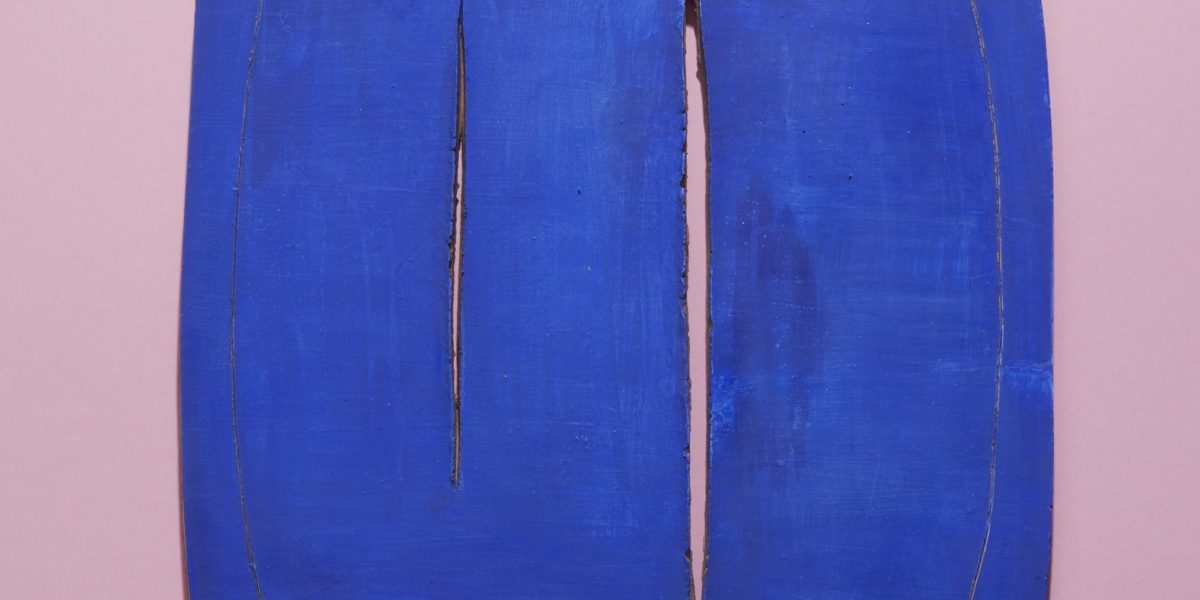
“A little world in which the big one holds its tryouts”, is how guest curator and professor Bart Lootsma describes the development of Austrian avant-garde movements in the 20th century. In this lecture series, Lootsma places the so-called ‘Radical Austria’ of the 1960s in the context of the long Austrian tradition of art and design.
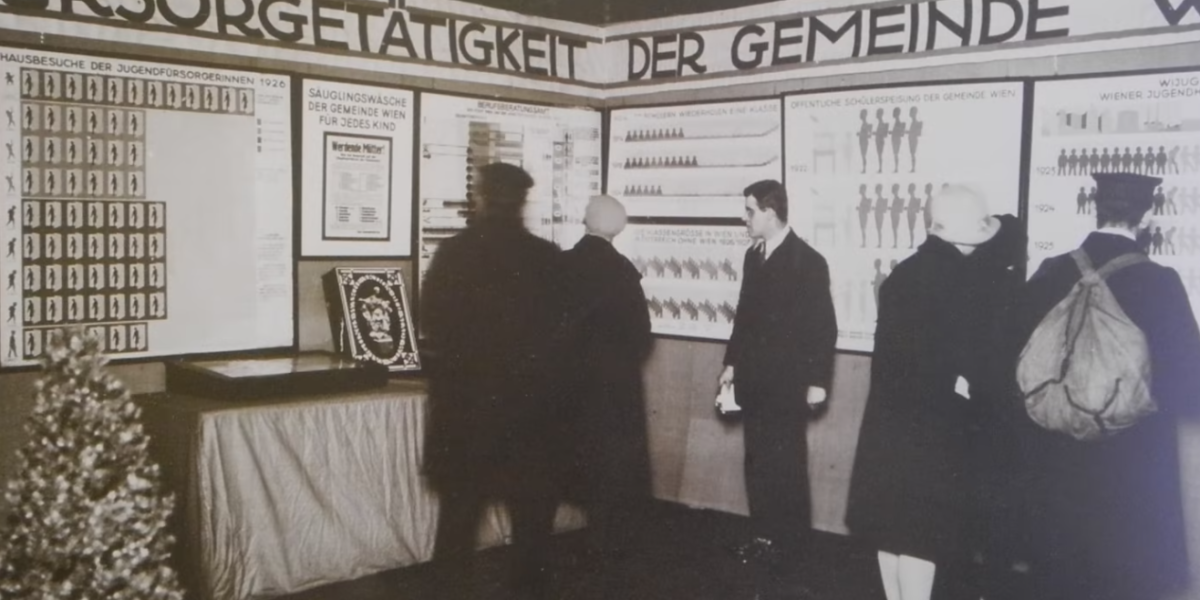
Parallel to the exhibition, architecturaltheory.eu presents a selection of films on and by the protagonists of the exhibition, made for and broadcasted by the ORF. The films are as radical as the people, ideas and work in the exhibition. They provide a unique snapshot of Austrian culture in the 60s and 70s.
